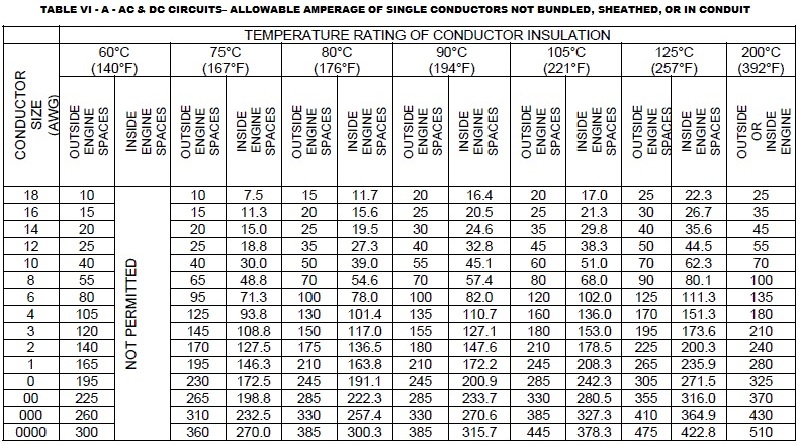I have a basic question about fussing the 12 volt DC wires between the charger and the battery. Should they be near the battery or the charger. I believe I read that the ABYC says they should be within 7 inches of the battery or the electrical device.
Since the electrical device, the charger, is supplying the current and not the battery, it seems to me that just as the battery as the source of current needs the fuse in the supply line to protect the wire to the panel, the charger as the source of current should have the fuse close to it to protect the wire to the battery.
Also that is how they were installed in the boat prior. Certainly having the fuses near the charger would make them much more accesable.
???
The batteries are fused with 200 amp fuse links at the positive terminals.
Since the electrical device, the charger, is supplying the current and not the battery, it seems to me that just as the battery as the source of current needs the fuse in the supply line to protect the wire to the panel, the charger as the source of current should have the fuse close to it to protect the wire to the battery.
Also that is how they were installed in the boat prior. Certainly having the fuses near the charger would make them much more accesable.
???
The batteries are fused with 200 amp fuse links at the positive terminals.
Last edited:

